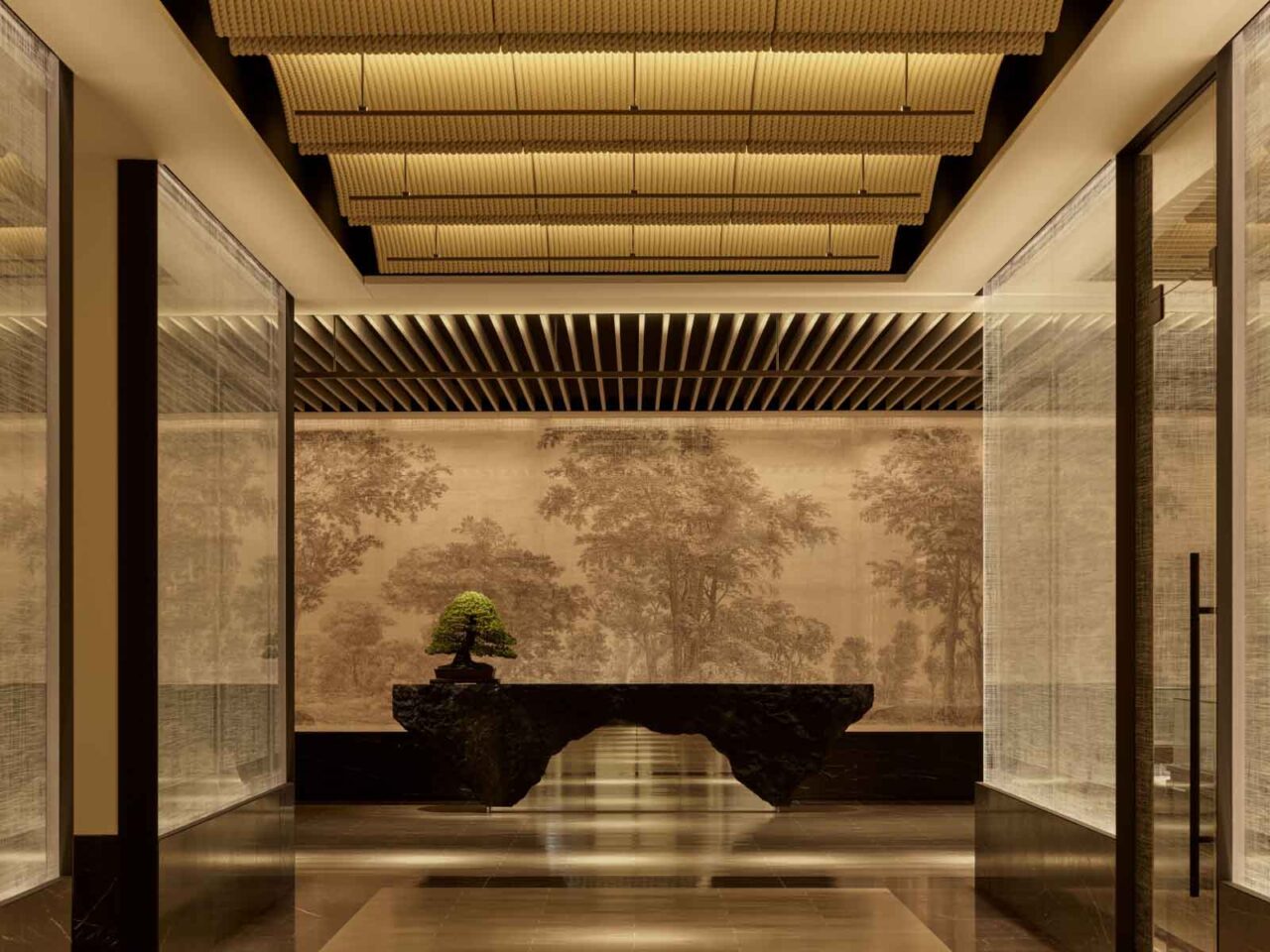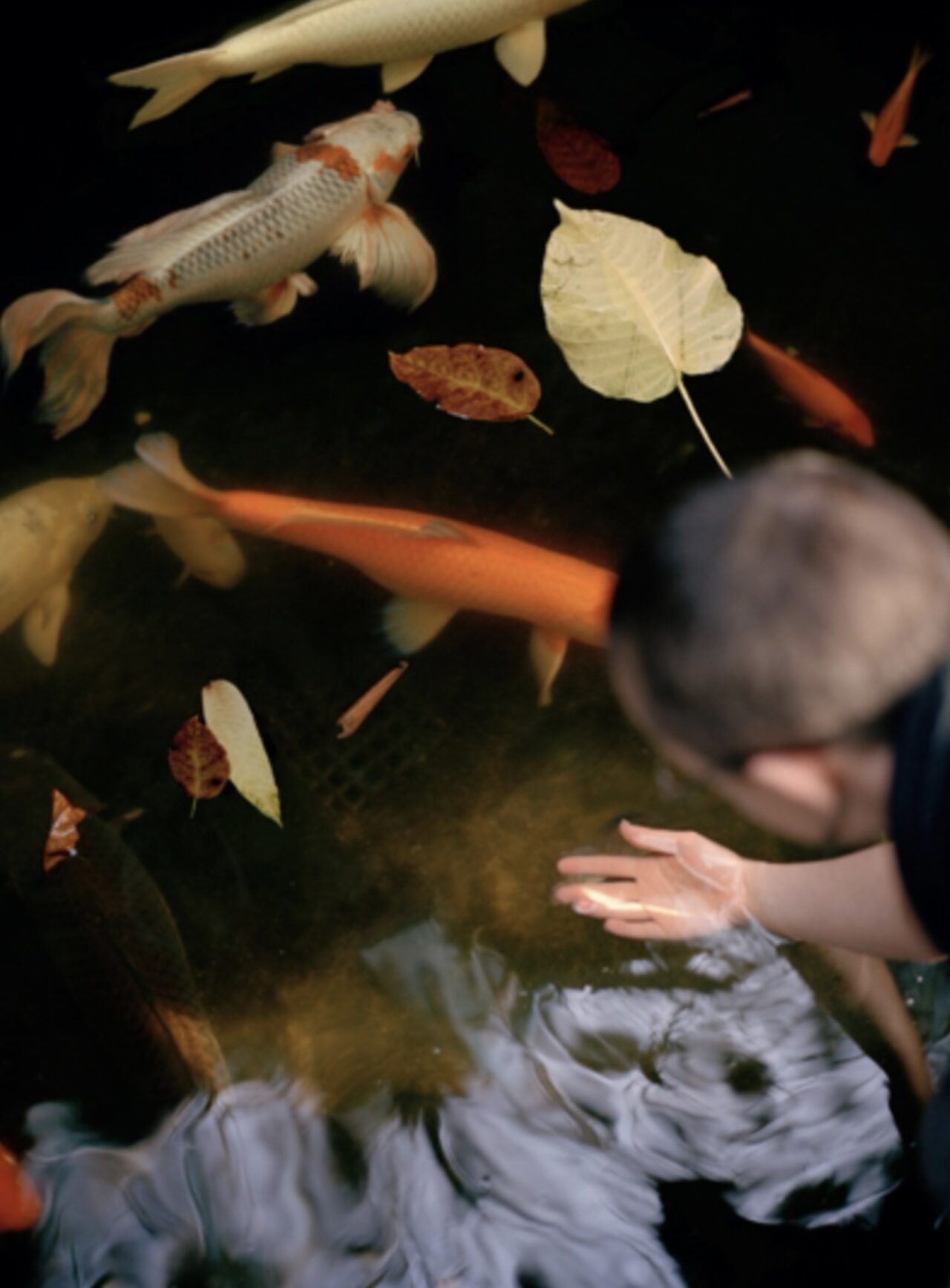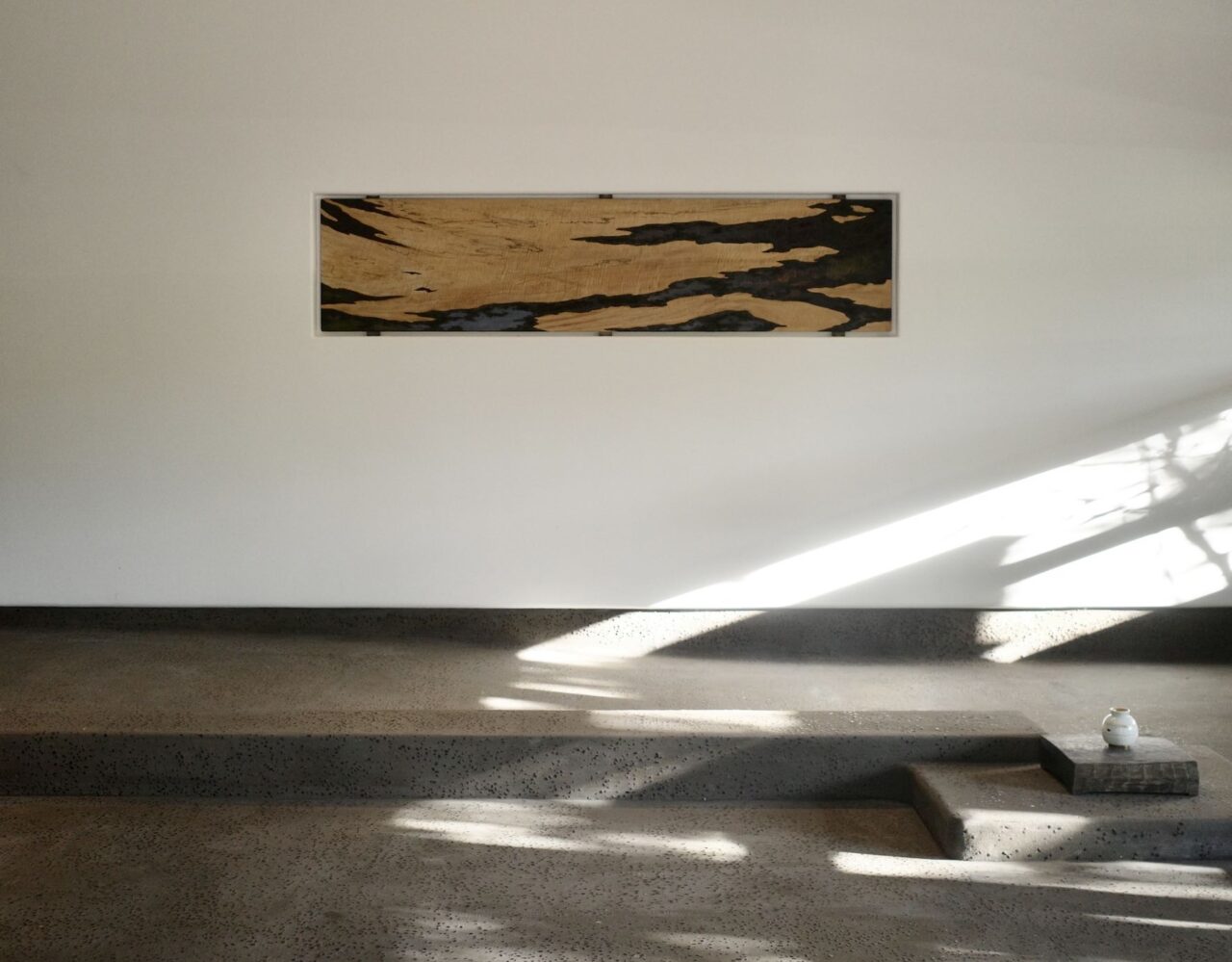MICHAEL HEIZER’S CITY
Across Inaccessible Land in the Nevada Desert, Find An Extraordinary Site Specific Artwork
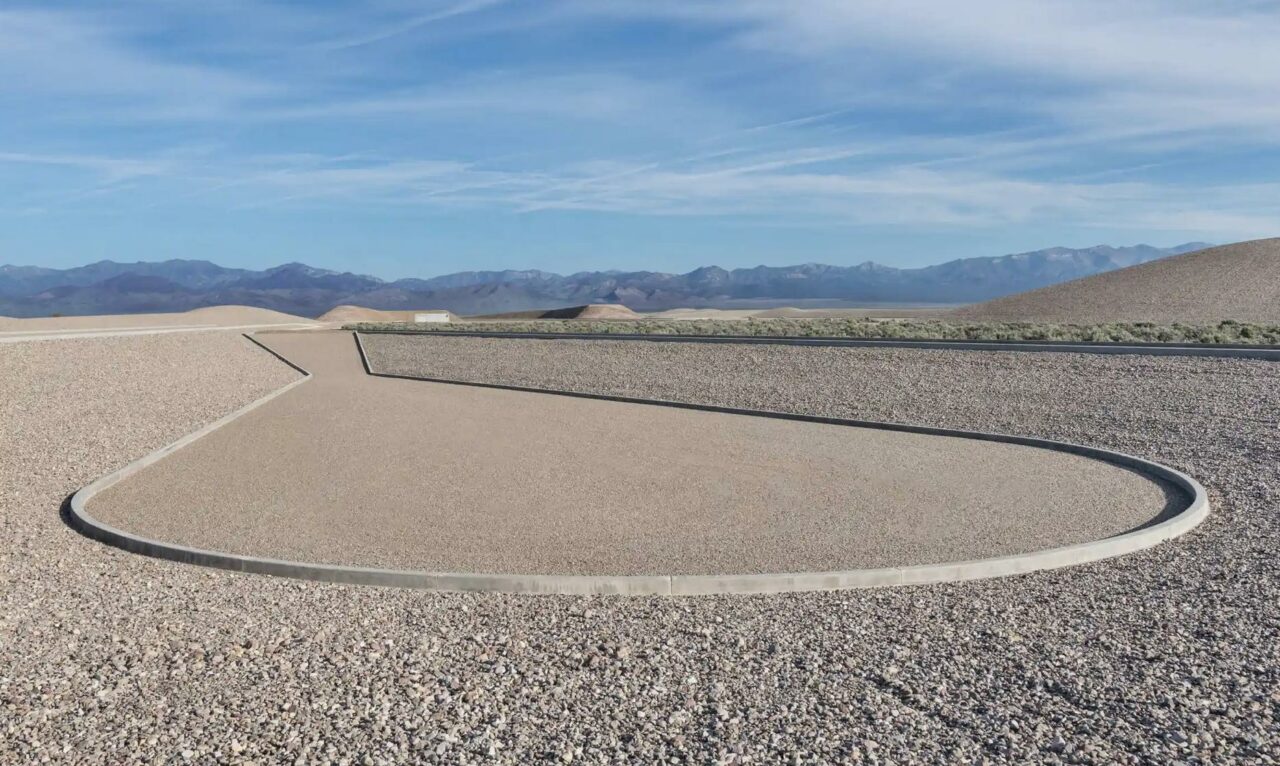
After more than fifty years in the making, American artist Michael Heizer’s expansive site-specific land art sculpture has finally been unveiled to the public.
Within a remote desert valley in Nevada sits the largest contemporary artwork ever built. Earthen mounds, geoglyphs and concrete pyramids comprise CITY, Heizer’s enduring large-scale land artwork initially conceived in 1972 and now, remarkably after fifty years in progress, has been finalised in its completed scale.
Overseen by The Triple Aught Foundation — Heizer’s non-profit art foundation established to accommodate project funding — sees the entire site in it’s finalised state after a production of five decades and a total of $40 million in financing.
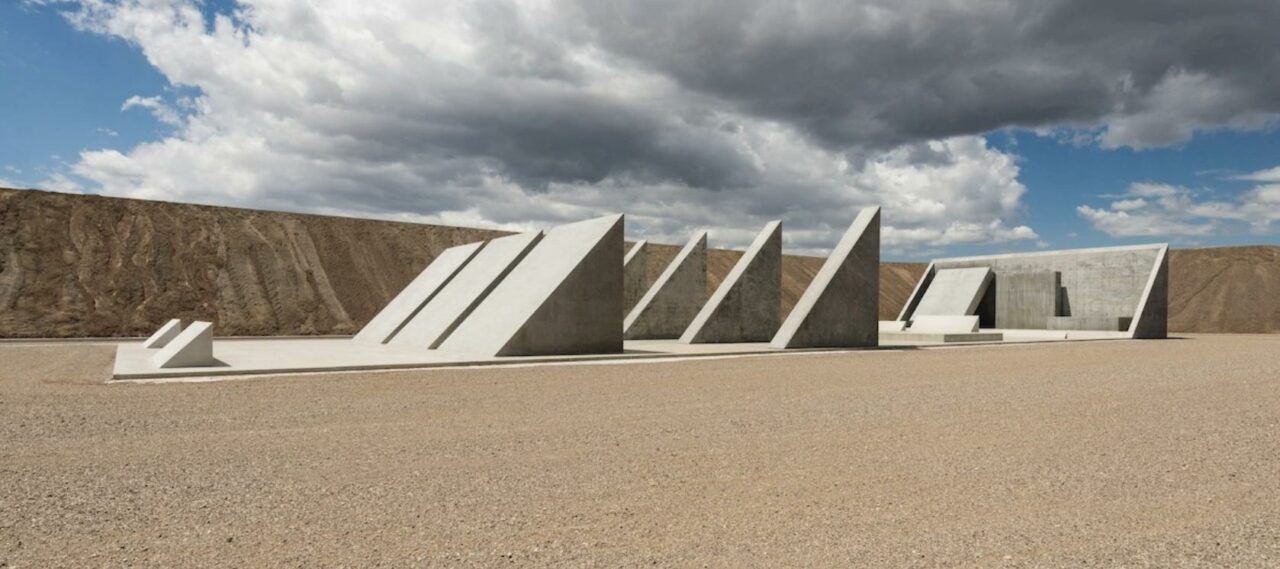
As one of the largest contemporary artworks in the world, Heizer’s monumental new sculpture — a series of large, site-specific works and mysterious spaces — were constructed only with sand, cement and local natural resources from the Nevada desert.
The isolated site spans over 1.5 miles long and half a mile wide, with Heizer’s ambiguous forms emerging from the earth as geographical anomalies in the brutal landscape.
Taking inspiration from ancient cultures and prehistoric urban sprawls, the first of the key works, Complex One, features a raised mound of earth supported by quadrilateral concrete retaining walls akin to the stepped pyramids of Zoser in Luxor, Egypt. As Heizer’s own interpretation after having visited the site years prior, the primitive silhoettes were inspired by his extensive travels to Peru and Mexico as a teenager with his archaeological anthropologist father.
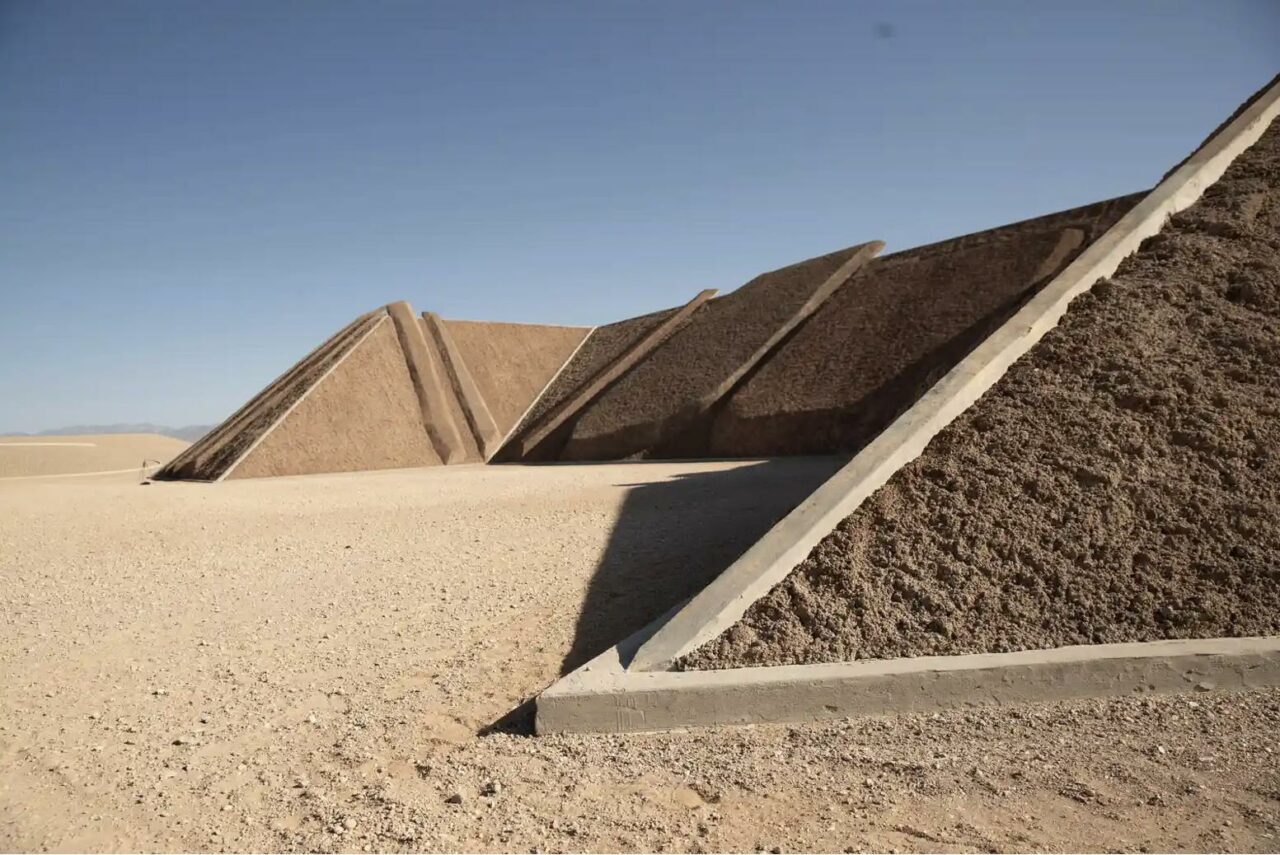
Heizer, known as one of the pioneering artists of the Land Art Movement in the late 1960’s — along with Walter de Maria, Robert Smithson, Nancy Holt — often referred to his practice’s many elements’ as being in “the construction industry” due to its political and exhaustive nature.
In the 2010’s under Obama’s administration, the 700,000 acre site surrounding Heizer’s CITY — known as the Basin and Range National Monument also containing sacred and cultural Native American sites dating back 13,000 years — cannot be disturbed or exploited, including the artwork itself.
Heizer, who passed away earlier this year, noted that he intended for CITY to endure the test of time. “When they come out here to fuck my City sculpture up, they’ll realized it takes more energy to wreck than its worth”.
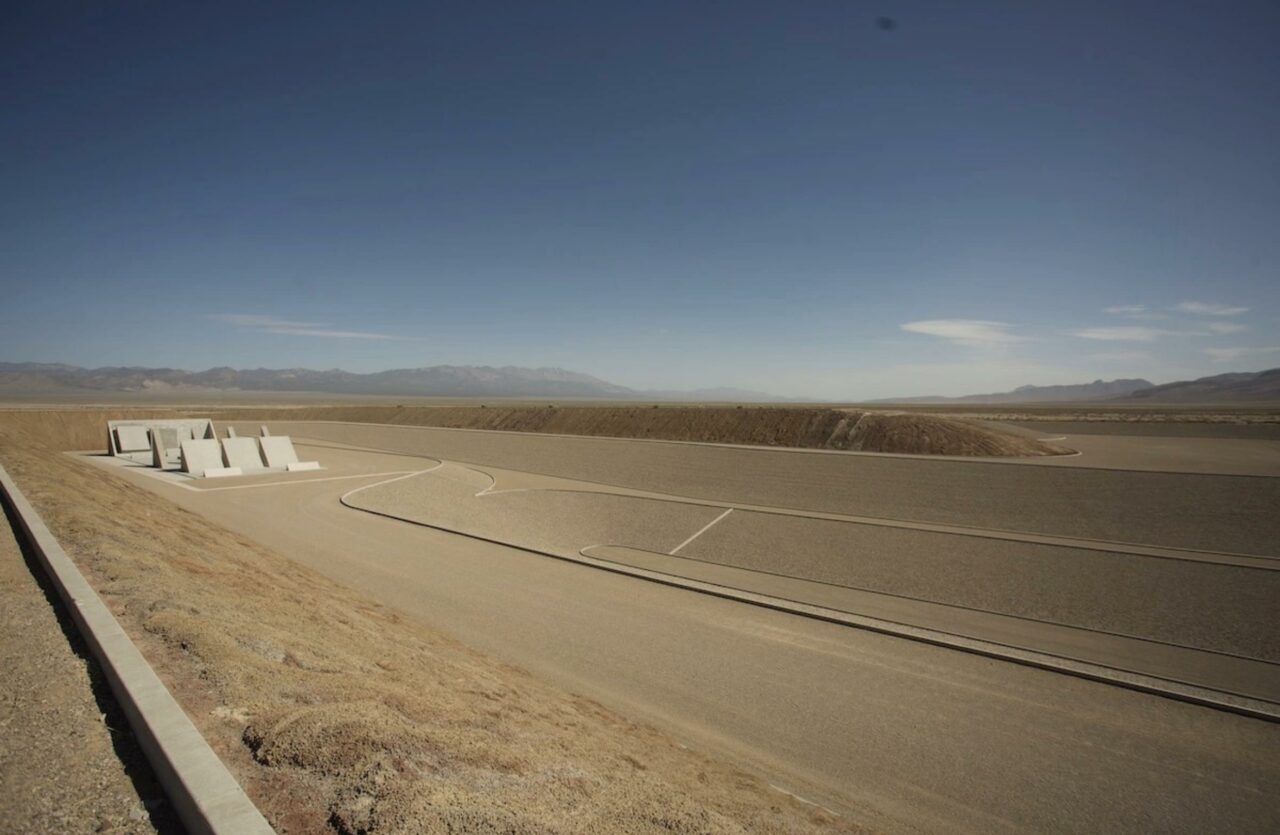
From Robert Smithson’s Spiral Jetty found in Utah’s Great Salt Lake, to Walter de Maria’s Lighting Field in the high desert of Western Mexico, to James Turrell’s Roden Crater in an extinct volcano found in North Arizona, the monumental CITY will simply exist as an intervention in the desert that “restores our sense of distance and scale”, as art critic Dave Hickey noted.
“It’s a big piece of nature, of the real world, in an art world that’s so much about fantasy, the mind, the irrational, dreams and concepts” added artist Walter Robinson.
Quietly nestled in the Sumerian-like earthen curves of the site’s baron landscape, CITY’s modest yet powerful form embraces the land, creating a new dialogue between the typogography of the site and those who venture to experience it, just exactly as Heizer intended.
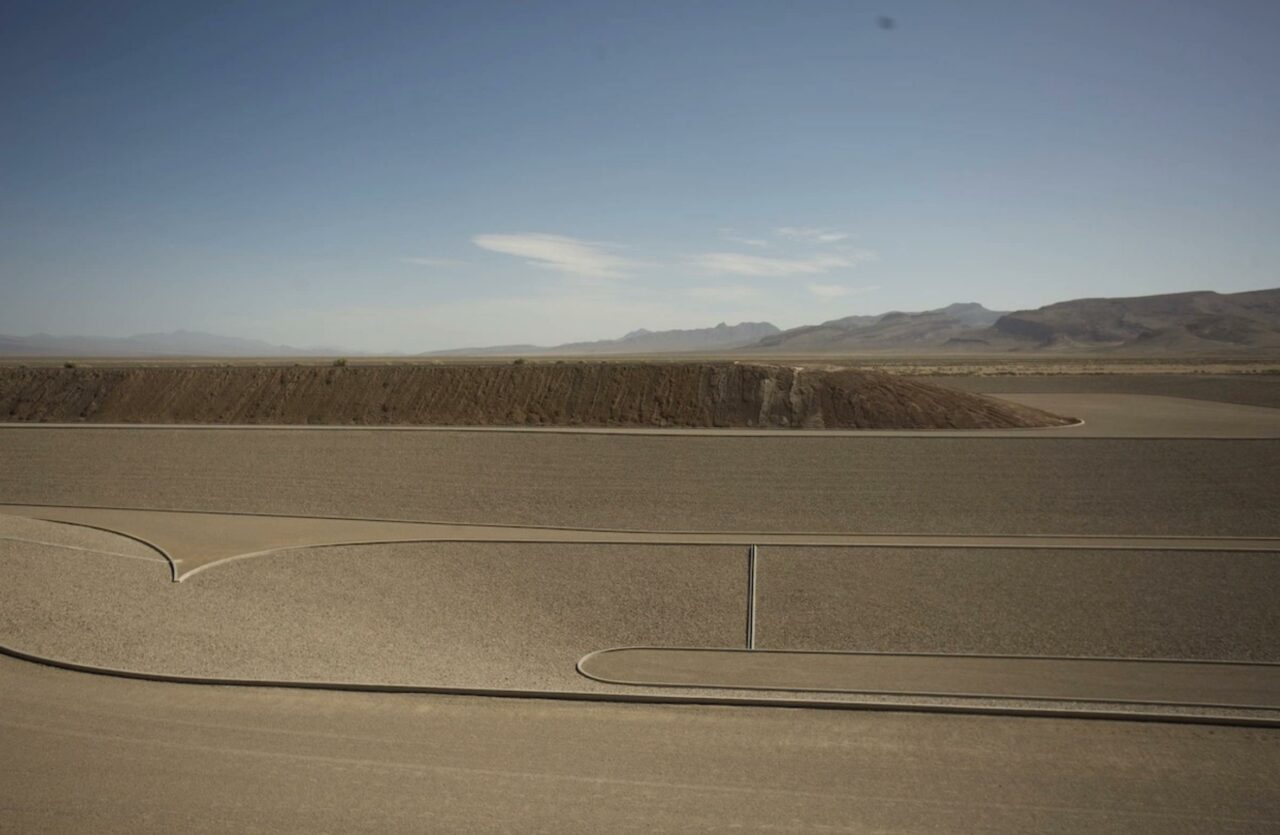
Text: Joanna Kawecki
Images: as credited
View more of Michael Heizer’s work in the Troublemakers: The Story of Land Art imagery



















